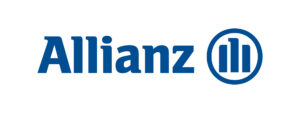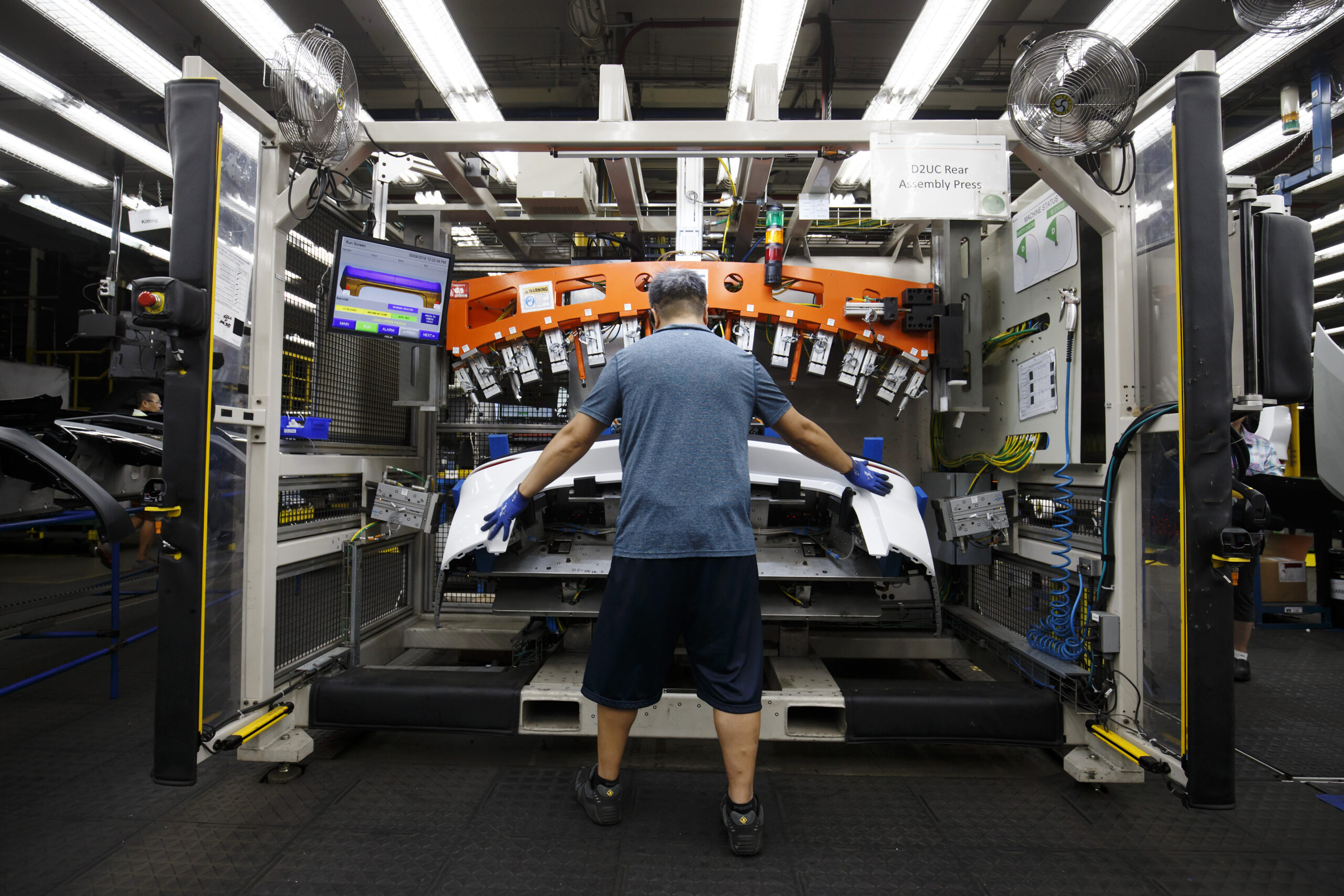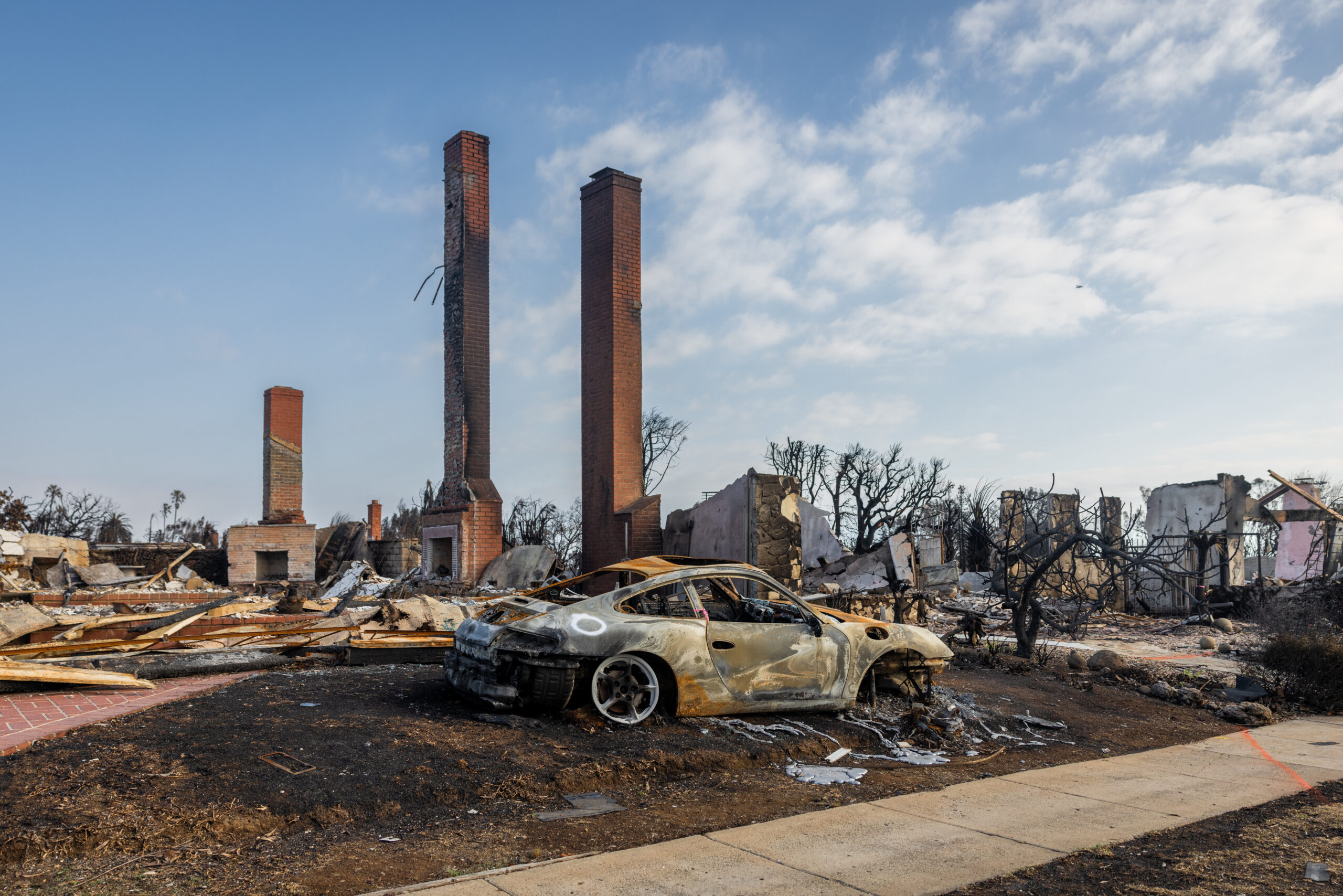As the costs of nuclear and thermonuclear verdicts explode in the U.S., organizations are examining ways to predict, prevent and avoid the liabilities that light the fuse on multi-million-dollar court cases.
Areas critical to watch include pharma class actions, the growth of collective redress outside of the U.S., mounting litigation around “forever chemicals,” and artificial intelligence (AI), according to the new report “Five Liability Loss Trends to Watch” from Allianz Commercial.
The growth in supersized court awards is a significant factor in the spiraling cost of liability claims. Such verdicts are not just a problem for U.S. companies as they also impact international firms doing business in the U.S.
The increase in large personal injury claims also drives up costs for businesses and consumers, according to Peter Dowling, global practice group head – personal injury and class actions, Allianz Commercial.
 “As a liability insurer, the big worry was always mass tort claims,” said Dowling. “Now we also have to watch bodily injury cases. For clients, these drive up their costs, and the need for additional coverage, while also increasing insurers’ claims costs from a staffing point.”
“As a liability insurer, the big worry was always mass tort claims,” said Dowling. “Now we also have to watch bodily injury cases. For clients, these drive up their costs, and the need for additional coverage, while also increasing insurers’ claims costs from a staffing point.”
Nuclear Begets Nuclear
U.S. juries awarded a record number of supersized verdicts in recent years.
So-called “nuclear” verdicts have almost tripled since 2020, while the median verdict value has more than doubled. In 2023, the number of nuclear verdicts – those over $10 million – grew by more than 27%, while the number of “thermonuclear” verdicts – those over $100 million – increased by 35%, according to Marathon Strategies.
Related: Changing the Focus of Claims, Data When Talking About Nuclear Verdicts
U.S. juries found corporate defendants liable for over $14.5 billion in “nuclear verdicts” in 2023, impacting industries ranging from automotive to entertainment to chemicals.
Allianz Commercial analysis shows some of the significant causes of insurance industry liability claims over the past five years – defective product incidents account for more than 40% of the value of all claims, with the other most expensive causes of claims including collision/crash incidents, faulty workmanship/maintenance and bodily injury.
As more nuclear verdicts are handed down, the more normalized they become, and a headline-grabbing nuclear verdict can also hurt the reputation of a company.
Pharma Class Actions Grow More Complex
Pharma, food and chemical products have increasingly become the target of billion-dollar class action litigation, including cases involving opioids, talcum powder, indigestion remedies and herbicides.
Cases involving carcinogens create volatility for liability insurance due to the long latency of cancer symptoms, with risks only understood many years after a product was sold and the insurance underwritten. Research, regulatory orders, or voluntary withdrawal of products that may be carcinogenic can trigger litigation.
“Product liability claims in the pharmaceutical sector are typically costly and complex, with multiple parties, higher defense costs and higher awards,” said Arne Holzheuer, a global practice group head for liability in the chief claims office at Allianz Commercial. “Due to the nature of this industry, a harmful product or ingredient can spark multiple actions spanning many producers, resulting in a large accumulation of losses from multiple insureds from one event.”
PFAS Litigation Mounts
PFAS is a class of synthetic chemicals used widely in industrial and consumer products such as food packaging, cosmetics, household goods and even firefighting foams since the 1940s. PFAS are known as “forever chemicals” because of their resistance to degradation. In recent years, mounting litigation in the U.S. has focused on three main areas: environmental pollution, water and waste treatment/contamination, and personal injury actions.
Environmental contamination-related PFAS settlements in the U.S. have reached $18 billion, according to Verisk, and could eventually range from $120 billion to $165 billion, depending on how regulatory and litigation trends evolve.
“PFAS litigation has so far been focused on the big producers of forever chemicals in the U.S., but they were used in a wide range of industrial and consumer products. The big concern is that litigation could move through the product chain,” said Holzheuer.
The extent of future PFAS litigation is uncertain, according to Larry Crotser, head of key case management, North America, Allianz Commercial: “Personal injury litigation is ongoing for those plaintiffs, often firefighters, who allege that certain cancers are caused by long term exposure to firefighting foam containing PFAS, but it’s too early to say with total confidence if PFAS bodily injury litigation will spill over significantly into the wider population.
“Personal injury litigation may prove challenging as it would require plaintiff attorneys to show specific causation, and which product or manufacturer is responsible.”
Regulatory measures may yet shape litigation, Crotser adds. Changes to US EPA rules setting maximum levels of PFAS allowed in the environment – which would require costly drinking water treatment – could drive future litigation.
Though the resolution of PFAS litigation has been mixed, some insurers have moved to implement broad PFAS exclusions to a more comprehensive range of industries, including textiles, food products and household goods manufacturers, Allianz said.
Collective Actions Outside of the U.S.
A record number of class actions were filed in Europe in 2023, according to the CMS European Class Action Report 202422. There were 133 claims filed in 2023, a 10% rise over 2022, with the U.K., Netherlands, Germany and Portugal accounting for 78% of all European class actions. The total claimed value of class actions in the U.K. – the biggest market in Europe for class actions – increased 18% to €145 billion in 2023.
Product liability, consumer, and personal injury were the largest sources of litigation, accounting for almost a third (32%) of all class actions in the region.
Europe has historically avoided the adverse litigation trends seen in the U.S. partly because consumer protection relies on prescriptive regulation rather than litigation, tort law is primarily governed by civil codes, and verdicts are delivered by judges rather than juries.
But recent legislative changes in product liability and representative actions directives, such as the EU’s Representative Actions Directive, require member states to ensure that qualified entities (such as consumer organizations or public authorities) can bring collective actions on behalf of consumers, and in some countries, small businesses.
The ‘Wild West’ of “Robo Law”
The overwhelming prevalence of artificial intelligence (AI) will likely significantly impact the liability risk landscape. One crucial sector is legal, where AI is increasingly used to aid litigation despite a lack of consistent regulations or clear guidance.
Understanding AI and proactively planning for its impact on litigation is crucial for strategic risk management, Allianz said.
“AI could be used by the plaintiff’s bar and litigation funders, for example, to find emerging trends – such as trawling regulatory and scientific papers to find a new chemical classified as carcinogenic – as well make it faster and cheaper to administer class action litigation,” said Dowling.
Was this article valuable?
Here are more articles you may enjoy.

 After the Flames: Preparing for the Growing Fraud Threat in Los Angeles
After the Flames: Preparing for the Growing Fraud Threat in Los Angeles  State Farm Has Paid $2.5 Billion in Claims for LA Wildfires
State Farm Has Paid $2.5 Billion in Claims for LA Wildfires  Carney Pledges Billions for Canada Auto Sector in Trade War
Carney Pledges Billions for Canada Auto Sector in Trade War  Wall Street Brokers Start Trading Insurer Claims From LA Fires
Wall Street Brokers Start Trading Insurer Claims From LA Fires 